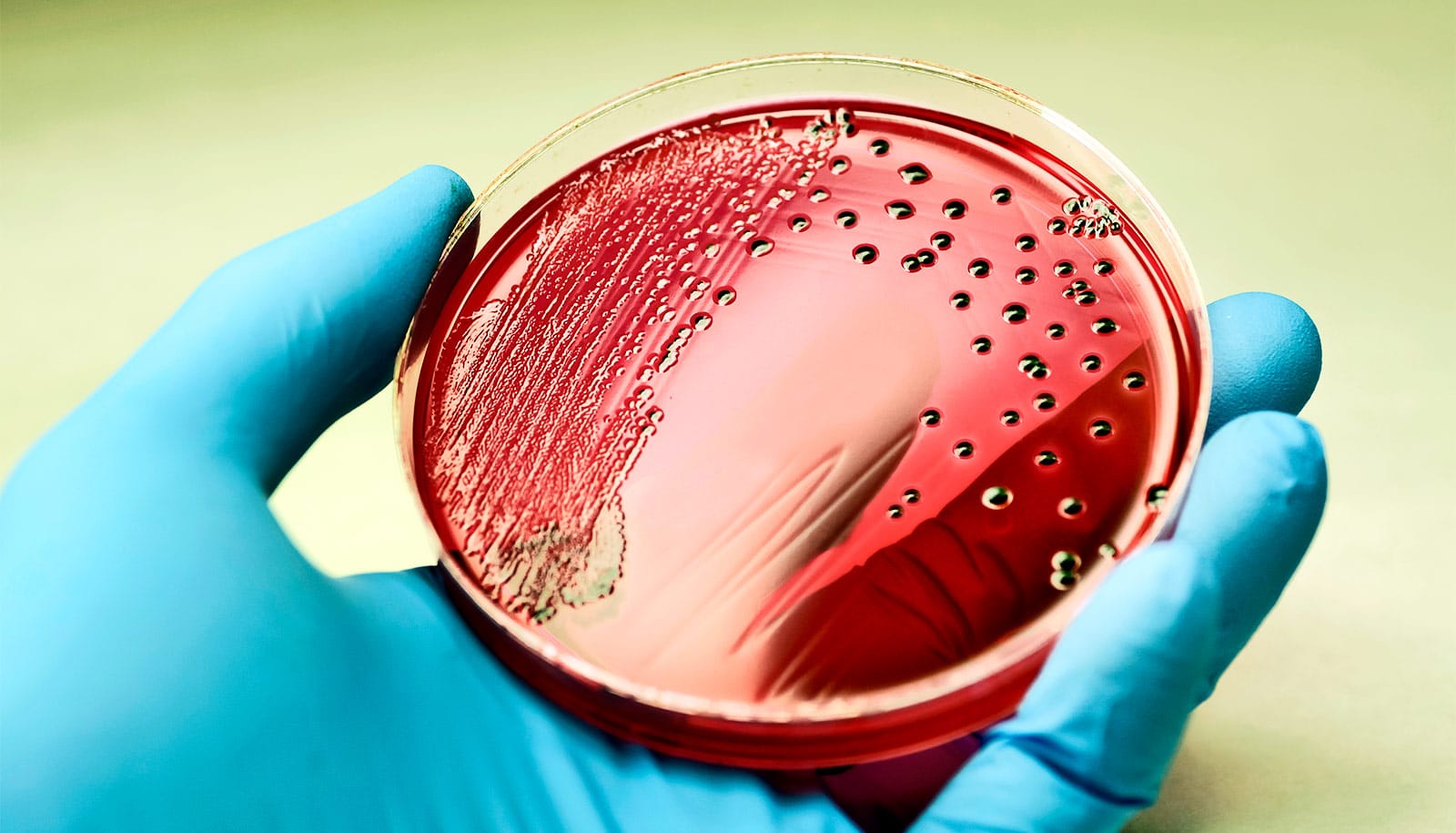In the state of Michigan, there’s been a substantial uptick in antibiotic resistant strains of Salmonella and, consequently, longer hospital stays, researchers say.
The findings could serve as a model for what’s happening in other states, too.
“If you get a Salmonella infection that is resistant to antibiotics today, you are more likely to be hospitalized longer, and it will take you longer to recover,” says Shannon Manning, professor in the microbiology and molecular genetics department at Michigan State University and senior author of the study, published in Frontiers in Medicine.
“We need better detection methods at the clinical level to identify resistance pathogens earlier so we can treat them with the right drugs the first time.”
Losing a day or more to misdiagnosis allows symptoms to get worse. Doctors might kill off a subpopulation of susceptible bacteria, but the resistant ones grow stronger, she says.
Too many Salmonella antibiotics?
Salmonella, a diverse group of bacterial pathogens, causes foodborne infections. Infected patients often develop diarrhea, nausea, vomiting, and abdominal pain, though some infections are more severe and possible life threatening.
When it comes to treatments, each strain reacts differently to the range of antibiotics available in a doctor’s prescription. So getting it right the first time is crucial.
Specifically in Michigan, doctors are seeing more strains resistant to ampicillin, a common antibiotic prescribed to treat Salmonella. Multidrug resistance, or resistance to more than three classes of antibiotics, has also increased in the state and could further complicate patient treatment plans.
“We’re still uncertain as to why this is happening; it could be that these antibiotics have been over-prescribed in human and veterinary medicine and that possessing genes for resistance has allowed these bacteria to grow and thrive in the presence of antibiotics,” Manning says.
“Each state has its own antibiotic-resistance issues. It’s important that the medical profession remains vigilant to ever-changing patterns of resistance in Salmonella and other foodborne pathogens, rather than look for a blanket national solution.”
State by state
Historically, Salmonella has affected young children and the elderly, but now there’s been a rise in adult cases, suggesting that the epidemiology of the infections has changed in Michigan.
Diving into individual strains of Salmonella, the team of scientists found that patients with Typhimurium were more likely to have resistant infections as were patients infected during the fall, winter, or spring months.
The study revealed another distinction between the strains affecting people living in rural and urban areas. Enteritis infections tend to be higher in rural areas. This may be attributed to rural residents’ exposure to farm animals or untreated sources of water.
Each state’s Salmonella population has its own personality; so each state’s approach to identifying disease drivers and effective treatments should reflect these traits.
“Our results show the importance of surveillance, monitoring resistance frequencies, and identifying risk factors specific to each state and region,” Manning says. “The trends that are revealed can lead to new prevention strategies.”
Additional contributors are from Wayne State, Sparrow Hospitals, the Michigan Department of Health and Human Services, and Michigan State.
Source: Michigan State University



